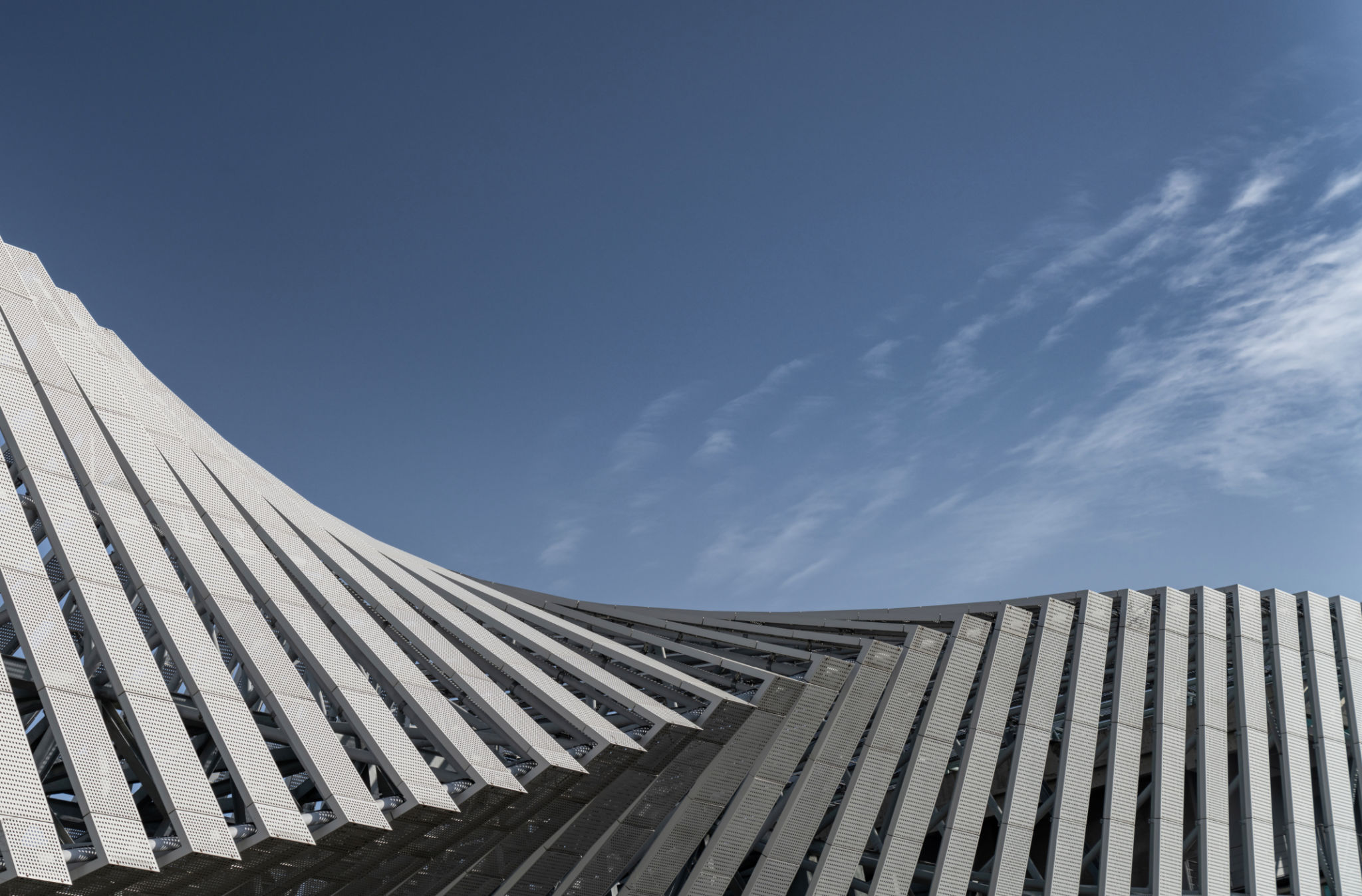Residential Construction Innovations: Modern Techniques for Building Stronger Homes
Introduction to Modern Residential Construction
The world of residential construction is undergoing a revolutionary transformation. With advancements in technology and innovative building techniques, modern homes are being constructed to be more resilient, sustainable, and efficient than ever before. These innovations are not just enhancing the durability of homes but also contributing to energy efficiency and reducing environmental impact.

Sustainable Building Materials
One of the most significant shifts in residential construction is the use of sustainable building materials. Builders are increasingly opting for materials that are environmentally friendly and have a lower carbon footprint. Options like recycled steel, bamboo, and reclaimed wood are gaining popularity due to their durability and sustainability. Additionally, these materials often require less energy to produce, making them an excellent choice for eco-conscious homeowners.
Recycled Materials
Recycled materials play a crucial role in modern construction projects. By reusing materials like steel and concrete, builders can significantly reduce waste and conserve natural resources. This practice not only helps in minimizing the environmental impact but also leads to cost savings for homeowners.
Innovative Insulation Techniques
Proper insulation is essential for creating energy-efficient homes. Innovations such as spray foam insulation and insulated concrete forms (ICFs) are gaining traction in residential construction. These techniques provide superior thermal resistance, keeping homes warm in the winter and cool in the summer, thereby reducing energy consumption.

Advanced Construction Technologies
The integration of advanced technologies into residential construction processes is reshaping how homes are built. Technologies such as 3D printing, prefabrication, and Building Information Modeling (BIM) are streamlining construction processes and improving accuracy.
3D Printing
3D printing is revolutionizing the way homes are constructed by allowing for precise and rapid production of building components. This technology reduces material waste and enables builders to create complex structures with ease, ultimately speeding up the construction process.
Prefabrication
Prefabrication involves assembling building components off-site and transporting them to the construction site. This method reduces construction time, minimizes waste, and improves quality control. As a result, homeowners benefit from faster project completion and reduced labor costs.

Smart Home Integration
The incorporation of smart home technology into new residential builds is another exciting innovation. Smart systems for lighting, heating, security, and appliances not only enhance convenience but also contribute to energy efficiency. Homeowners can manage these systems remotely, optimizing energy use and reducing utility bills.
Energy-Efficient Systems
Modern homes are increasingly equipped with energy-efficient systems that leverage renewable energy sources such as solar panels and geothermal heating. These systems significantly reduce reliance on traditional energy sources and lower overall energy costs.

Conclusion
The landscape of residential construction is evolving rapidly with a focus on sustainability, efficiency, and technological integration. By embracing these modern techniques, builders are setting new standards for building stronger, smarter homes that meet the demands of today's environmentally conscious homeowners. As these innovations continue to develop, the future of residential construction looks promising, paving the way for homes that are not only structurally sound but also environmentally responsible.
